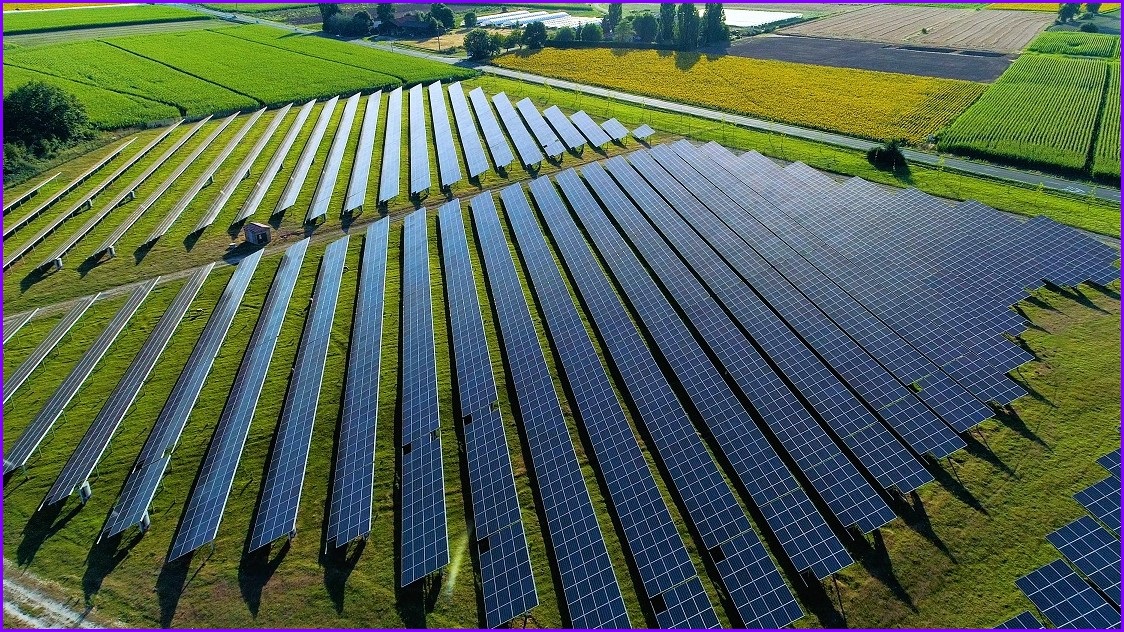The IT industry’s biggest consumers of energy are doubling down on their commitment to renewables – yet as NBN Co becomes the latest in a long line of data centre and infrastructure operators to embrace solar, can the renewables industry keep up?
Touting its commitment to 100 per cent renewable electricity by the end of 2025, NBN Co this month welcomed the construction of a 260-hectare solar farm near Wyalong, NSW that will include around 127,000 solar panels.
NBN Co will take around 80 gigawatt hours of power annually – a bit more than half of the solar farm’s total output – which it says will supply around 55 per cent of the network’s energy consumption in NSW and 19 per cent of its overall consumption.
“We are moving from ambition to action and demonstrating, through deeds rather than words, our commitment to reduce emissions and support the nation’s transition to a net-zero carbon economy,” NBN Co chief development officer for regional and remote Gavin Williams said.
Other major facilities operators are equally bullish on renewables, with the Sunshine Coast’s newly announced Supernode data centre – a $2.5 billion investment that will include major solar generation and battery storage element – plastering its roof with solar arrays and installing a 2GWh battery some 13 times larger than South Australia’s Tesla-backed Hornsdale Power Reserve.
Storing solar power in local batteries will help overcome natural peaks and troughs in solar supply, but as NBN Co’s announcements show, those arrays take up a considerable amount of real estate – and extrapolating that across the entire IT industry produces some eye-opening figures.
Consider, for example, that the services sector consumed 29 per cent of the 238 terawatt hours of electricity that Australia consumed last year, according to Enerdata.
That’s equivalent to 69TWh per year – which is behind industry (33 per cent) and ahead of residential usage (25 per cent).
If producing around 150GWh of power per year requires 260ha of solar panels, providing 1TWh would require solar panels covering 1,733ha of land.
That’s equivalent to ten times the land area of Melbourne’s CBD – 179ha – or one-third the size of Sydney Harbour.
To supply the entire 69TWh consumed by Australia’s services sector last year, solar generators would need to install 1,195 square kilometres of solar panels – approximately half the size of the ACT.
Supplying Australia’s entire energy consumption with solar would therefore require 4,123 square kilometres of solar panels – one-third of the entire Sydney metropolitan area – or fewer panels and 119,000 Supernode-sized batteries.
And that’s just to meet today’s consumption, not the estimated doubling of electricity consumption by 2050.
Solar everywhere
Generation of electricity using solar panels increased by 42 per cent in the years ending 2019 and 2020 alone, and trends suggest that will only continue over time.
And while Australia’s eventual renewables energy mix will naturally include solar, wind, water, and other forms of power, the numbers provide a sense of the immensity of what Australian Energy Market Operator (AEMO) CEO Daniel Westerman called a “complex, rapid and irreversible energy transformation” as he recently released a 30-year roadmap of National Electricity Market investments.
Renewable energy manufacturers and operators must plan for a nine-fold increase in “grid-scale wind and solar” and a nearly five-fold increase in “distributed solar” – the panels installed on homes and business rooftops – in order to “maintain a secure, reliable and affordable electricity supply for consumers through this transition to 2050,” Westerman said.
Surging demand for physical solar cells, however, is creating its own issues: a new recent International Energy Agency (IEA) report flagged the complexity of solar supply chains, noting that Australia is already running a $7.2 billion trade deficit around the importation of solar-panel components.
This dependence is creating challenges for Australia’s solarisation agenda, the IEA said, warning that “meeting international energy and climate goals requires the global deployment of solar PV to grow on an unprecedented scale… raising concerns about the world’s ability to rapidly develop resilient supply chains.”
Fully 34 per cent of Australian businesses still don’t have a climate strategy, according to a newly released Deloitte Australia analysis that also found only a quarter of Australian businesses are taking action to reduce their direct emissions.










